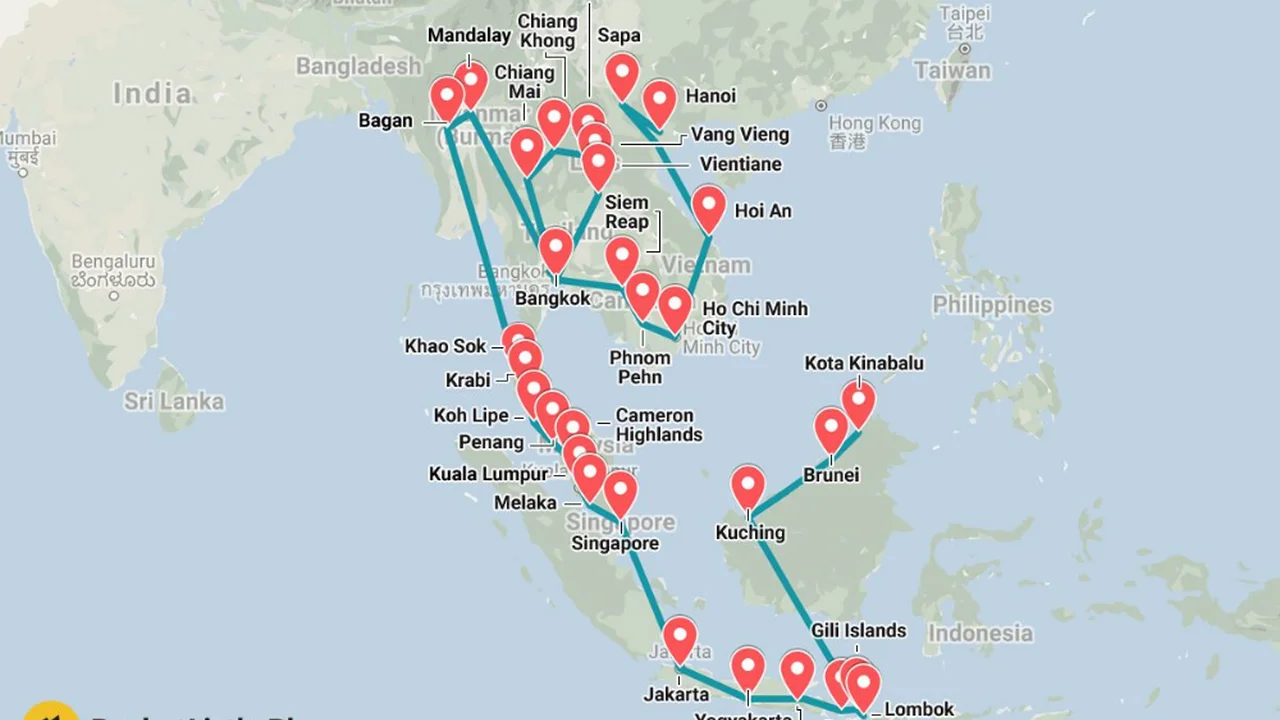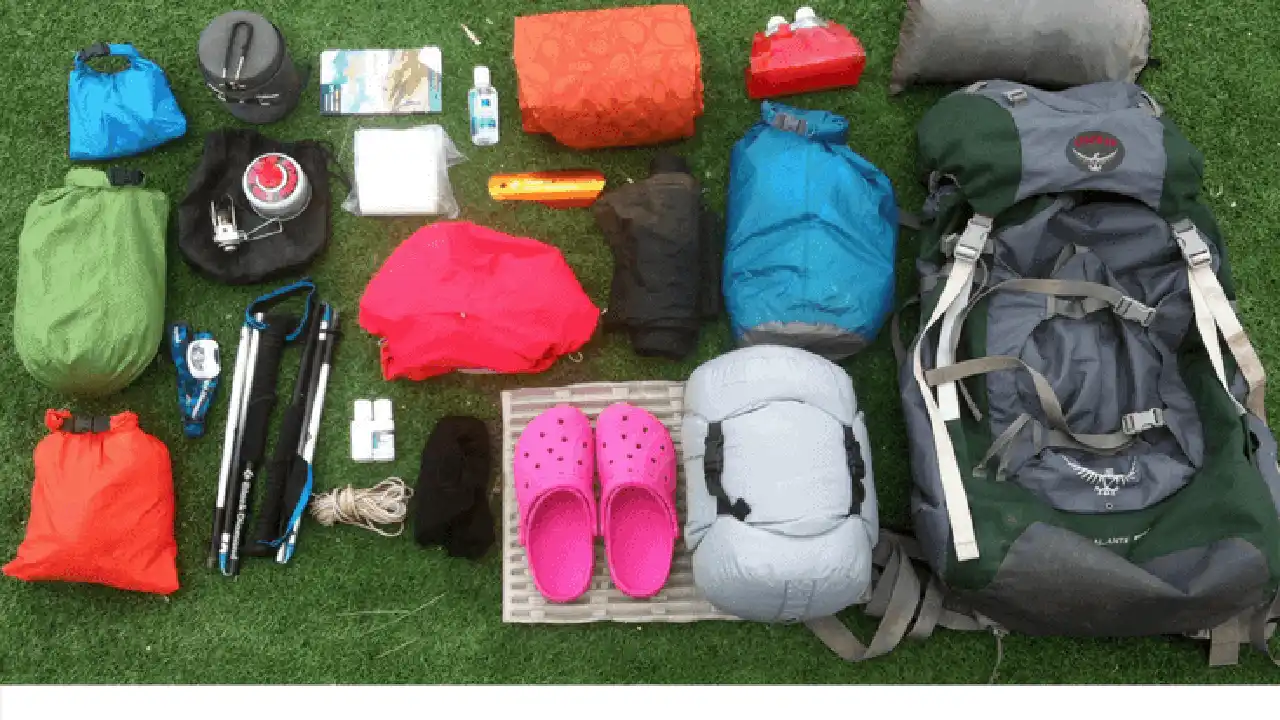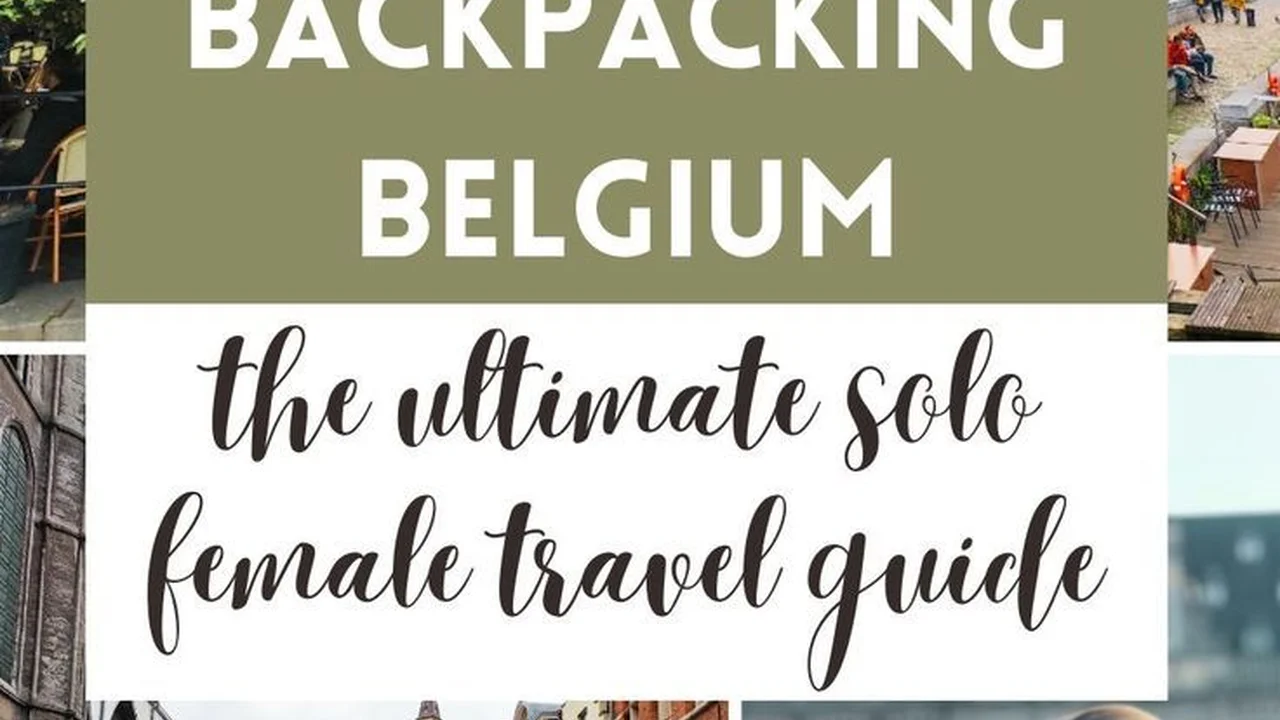Southeast Asia Backpacking_ Visa Guide
Understand visa requirements for backpacking in Southeast Asia. Learn about visa types, application processes, and extension options. Ensure a smooth and hassle-free travel experience.

Southeast Asia Visa Requirements: A Backpackers Overview
Planning a backpacking trip to Southeast Asia? Awesome choice! But before you start dreaming of pristine beaches and delicious street food, let’s tackle the not-so-glamorous but absolutely crucial part: visas. Southeast Asia has a mix of visa policies, and it can get confusing. This guide will break down everything you need to know to ensure you have a smooth and hassle-free entry into each country.
Visa Types for Southeast Asia: Choosing the Right One
First things first, you need to figure out what type of visa you need. The most common types for backpackers are:
- Tourist Visas: These are usually the easiest to obtain and are valid for a specific period (usually 30-90 days). Perfect for a general backpacking trip.
- Visa on Arrival (VOA): Some countries offer VOAs, meaning you can get your visa upon arrival at the airport or land border. Super convenient!
- E-Visas: Apply for your visa online before you travel. This saves time and hassle at the border.
- Multiple Entry Visas: If you plan to hop between countries frequently, a multiple-entry visa might be your best bet.
Individual Country Visa Information: Detailed Breakdown
Let's dive into the specifics for some popular Southeast Asian destinations:
Thailand Visa: Rules and Regulations for Backpackers
Thailand is a backpacker haven, and their visa policy is relatively straightforward. Many nationalities can enter Thailand visa-free for up to 30 days (land border crossings) or 30 days (air arrival). If you want to stay longer, you can apply for a 60-day tourist visa at a Thai embassy or consulate before you travel. You can also extend your 30-day visa exempt entry once for an additional 30 days at an immigration office within Thailand. Be aware of overstay penalties - they can be hefty!
Vietnam Visa: E Visa and Visa on Arrival Explained
Vietnam requires most nationalities to have a visa. You can apply for an e-visa online, which is valid for 30 days, single entry. Visa on arrival is also an option but requires pre-approval and can be more complicated. It's best to apply for your e-visa well in advance of your trip to avoid any last-minute stress.
Malaysia Visa: Visa Free Entry and Long Stays
Malaysia offers visa-free entry for up to 90 days for many nationalities. This makes it a great option for a longer backpacking trip. If you need to stay longer, you can explore options like applying for a social visit pass.
Singapore Visa: Strict Rules and Regulations
Singapore has a more stringent visa policy than other Southeast Asian countries. Many nationalities can enter visa-free for a short period (usually 30-90 days), but it's essential to check the specific requirements for your nationality. Overstaying is taken very seriously, so be sure to adhere to the rules.
Indonesia Visa: Visa on Arrival vs E Visa
Indonesia offers both visa on arrival (VOA) and e-visa options. The VOA is valid for 30 days and can be extended once for another 30 days. The e-visa can be obtained online before your trip, saving you time at the airport. Keep in mind that visa requirements can vary depending on your nationality.
Philippines Visa: Visa Free Entry for Many Nationalities
The Philippines allows visa-free entry for up to 30 days for many nationalities. If you plan to stay longer, you can apply for a visa extension at an immigration office within the Philippines.
Cambodia Visa: Easy Visa on Arrival
Cambodia offers a very convenient visa on arrival for most nationalities. You can obtain your visa at the airport or land border. It's valid for 30 days and can be extended once.
Laos Visa: Visa on Arrival Available
Laos also offers visa on arrival for many nationalities. The visa is valid for 30 days and can be obtained at the airport or land border. Be sure to have the required documents and fees ready.
Myanmar Visa: E Visa is Recommended
Myanmar requires most nationalities to have a visa. The easiest way to obtain a visa is through the e-visa system. Apply online before your trip to avoid any issues at the border.
Brunei Visa: Requirements for Backpackers
Brunei has specific visa requirements that vary depending on your nationality and purpose of visit. Check the Brunei immigration website for the latest information.
Visa Application Process: Step By Step Guide
Applying for a visa can seem daunting, but here's a general step-by-step guide:
- Research: Determine the specific visa requirements for your nationality and the country you plan to visit.
- Gather Documents: Collect all the required documents, such as your passport, passport photos, flight itinerary, and proof of accommodation.
- Fill Out the Application Form: Complete the visa application form accurately and honestly.
- Pay the Fee: Pay the visa application fee online or at the embassy/consulate.
- Submit Your Application: Submit your application online or in person.
- Wait for Processing: Allow sufficient time for your application to be processed.
- Receive Your Visa: Once approved, you'll receive your visa.
Visa Extension Options: Staying Longer in Southeast Asia
Sometimes, 30 days just isn't enough! If you want to extend your stay, you'll need to apply for a visa extension. The process varies depending on the country, but generally involves visiting an immigration office and submitting an application with the required documents and fees. Be aware that extensions are not always guaranteed and can be subject to certain conditions.
Essential Documents for Visa Application: Checklist
Make sure you have all these documents ready:
- Passport: Valid for at least six months beyond your intended stay.
- Passport Photos: Recent passport-sized photos.
- Flight Itinerary: Proof of onward travel.
- Proof of Accommodation: Hotel or hostel booking confirmation.
- Visa Application Form: Completed and signed.
- Visa Fee: Payment for the visa application.
- Travel Insurance: Highly recommended.
Product Recommendations: Visa Services and Tools
Navigating visas can be a headache. Here are a few resources that can help:
- iVisa: A popular online platform that simplifies the visa application process. They handle the paperwork and guide you through the steps. Prices vary depending on the visa type and destination.
- VisaHQ: Another reliable visa service provider offering assistance with visa applications for various countries. They offer different service levels to match your budget and needs.
- Sherpa: A website that provides up-to-date travel restrictions and visa information. It's a great resource for checking the latest requirements before your trip. Free to use.
Common Visa Mistakes to Avoid: Prevent Rejection
Don't let simple mistakes ruin your travel plans. Avoid these common visa application pitfalls:
- Inaccurate Information: Double-check all the information you provide on your application form.
- Expired Passport: Make sure your passport is valid for at least six months beyond your intended stay.
- Missing Documents: Gather all the required documents before submitting your application.
- Late Application: Apply for your visa well in advance of your trip.
- Ignoring Instructions: Carefully read and follow all the instructions provided by the embassy or consulate.
Visa Runs: Are They Worth It?
A \"visa run\" involves leaving a country and re-entering to renew your visa-free stay. While this used to be a common practice, it's becoming less reliable and can even raise suspicion with immigration officials. It's generally better to apply for a proper visa or extension if you plan to stay longer.
Staying Up To Date: Official Government Websites
The most reliable source of information is always the official government websites of the countries you plan to visit. Check these websites for the latest visa requirements and regulations.
Backpacking Southeast Asia: Visa Tips and Tricks
Here are a few extra tips to keep in mind:
- Start Early: Begin the visa application process well in advance of your trip.
- Make Copies: Keep copies of your passport, visa, and other important documents in a separate location.
- Be Prepared: Have all the required documents and fees ready when you arrive at the border.
- Stay Informed: Keep up-to-date with the latest visa requirements and regulations.
- Be Respectful: Treat immigration officials with respect.
:max_bytes(150000):strip_icc()/277019-baked-pork-chops-with-cream-of-mushroom-soup-DDMFS-beauty-4x3-BG-7505-5762b731cf30447d9cbbbbbf387beafa.jpg)





